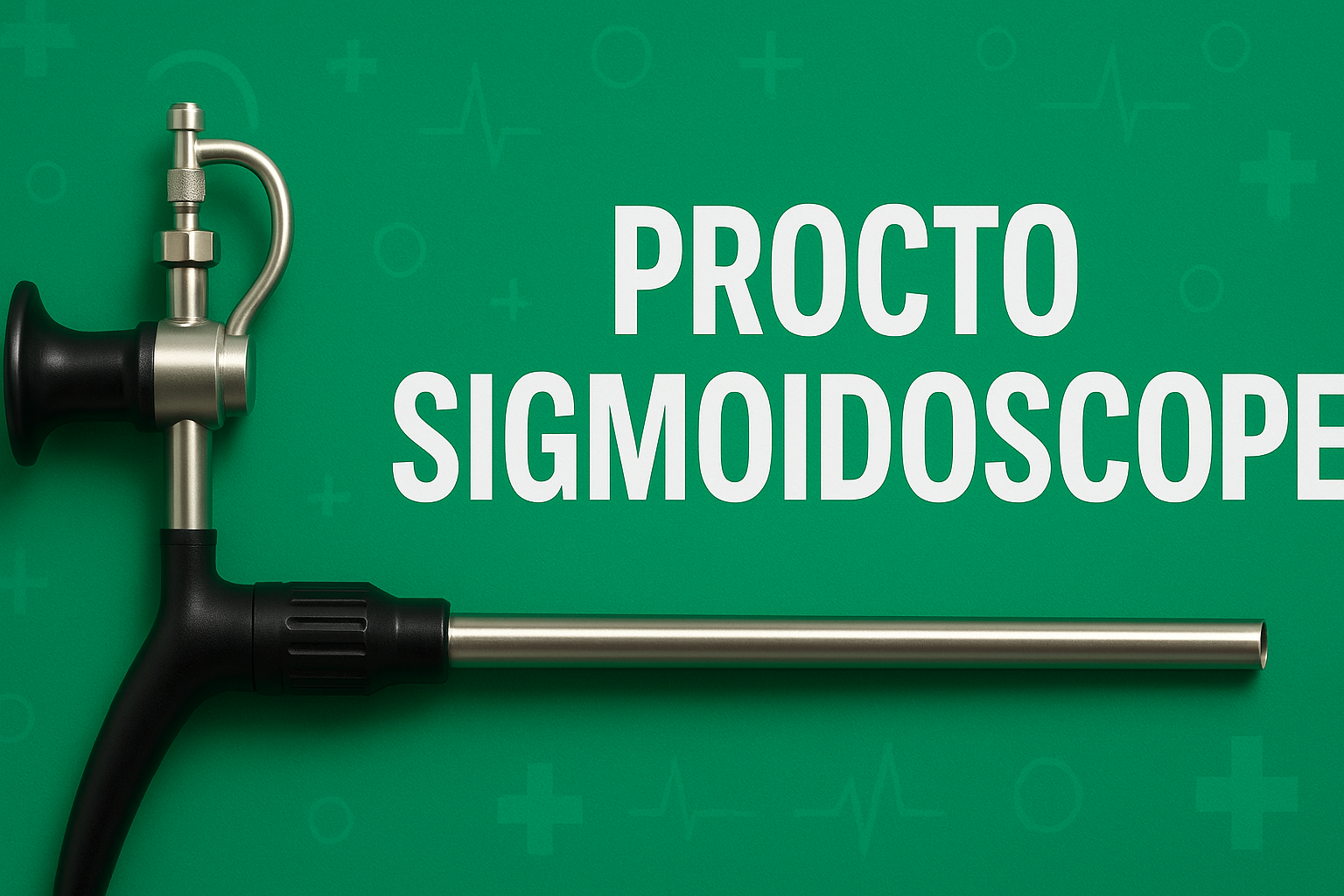Understanding the Procto Sigmoidoscope: A Vital Tool in Colorectal Examination
When it comes to modern gastroenterology, the Procto Sigmoidoscope has become an essential instrument for diagnosing conditions of the rectum and sigmoid colon. This medical device allows healthcare professionals to carefully examine the lower part of the digestive tract, enabling them to detect abnormalities, perform minor procedures, and provide accurate treatment plans for patients suffering from a range of colorectal issues.
What is a Procto Sigmoidoscope?
A procto sigmoidoscope is a rigid or flexible endoscopic instrument specifically designed to visualize the rectum and sigmoid colon. Unlike a standard colonoscope, which examines the entire large intestine, this device focuses on the lower section, making the procedure quicker, less invasive, and highly effective for targeted diagnosis.
The scope typically consists of a rigid or semi-rigid tube with an illumination system, a video camera (in modern versions), and channels that allow instruments to pass through for therapeutic procedures such as biopsies or removal of polyps.
Importance in Modern Medicine
Diseases of the colon and rectum are increasingly common, ranging from hemorrhoids and anal fissures to more serious conditions such as colorectal cancer. Early detection is crucial, and that is where the procto sigmoidoscope plays a pivotal role. It allows physicians to:
-
Directly visualize the rectal mucosa and sigmoid lining.
-
Identify lesions, ulcers, tumors, or sources of bleeding.
-
Take biopsy samples for pathological examination.
-
Conduct minor surgical interventions without the need for invasive surgery.
This tool has significantly reduced the dependency on exploratory surgeries for diagnosis, making it a safer option for patients.
The Procedure: What Patients Can Expect
The examination performed with a procto sigmoidoscope is usually quick and well-tolerated. Patients are often asked to undergo a bowel preparation before the test to clear the rectum and sigmoid colon. The procedure typically takes less than 20 minutes.
During the examination, the patient lies on their side, and the scope is gently inserted into the rectum. Thanks to advanced lighting and video systems, doctors can clearly visualize the internal structures in real-time. In cases where abnormal growths or suspicious tissues are identified, immediate biopsy sampling can be performed.
Rigid vs. Flexible Models
There are two primary types of procto sigmoidoscopes: rigid and flexible.
-
Rigid Procto Sigmoidoscope:
Traditionally used in many clinical practices, it provides a clear and stable view. It is highly effective for short-range visualization and minor procedures. -
Flexible Procto Sigmoidoscope:
This modern version is equipped with advanced fiber optics or video systems, offering more comfort and deeper access into the sigmoid colon. It has become increasingly popular because it reduces patient discomfort and expands diagnostic capabilities.
Both models have their advantages, and the choice often depends on the clinical setting and the physician’s preference.
Common Conditions Diagnosed
The Procto Sigmoidoscope is instrumental in diagnosing a wide range of conditions, including:
-
Hemorrhoids – swollen veins in the rectum that can cause bleeding and discomfort.
-
Anal fissures – small tears in the lining of the anus.
-
Polyps – abnormal growths that can sometimes develop into cancer if left untreated.
-
Colorectal cancer – early detection through sigmoidoscopy has proven to save lives.
-
Inflammatory bowel disease (IBD) – conditions like ulcerative colitis can be monitored effectively.
-
Rectal bleeding sources – crucial for pinpointing causes of unexplained bleeding.
By detecting these conditions early, patients can receive timely treatment and avoid complications.
Advantages of Using a Procto Sigmoidoscope
There are several benefits associated with this diagnostic method:
-
Quick and effective – the test can be completed within minutes.
-
Minimally invasive – far less discomfort compared to full colonoscopy.
-
Outpatient procedure – patients can return home the same day.
-
Diagnostic and therapeutic – not only does it detect issues, but it can also be used for treatment.
-
Cost-effective – often more affordable than other diagnostic imaging methods.
These advantages make it a preferred choice for routine colorectal screenings in many medical centers.
Limitations to Consider
While the procto sigmoidoscope is highly useful, it does have limitations. It only allows visualization of the rectum and sigmoid colon, not the entire large intestine. For conditions suspected in the upper colon, a full colonoscopy may still be necessary. Additionally, some patients may experience mild discomfort, bloating, or cramping during the procedure.
The Role in Preventive Healthcare
One of the most important uses of the procto sigmoidoscope lies in preventive healthcare. Regular screenings using this device can help identify early-stage polyps or cancers before symptoms appear. Many health organizations recommend sigmoidoscopy screenings as part of routine checkups, especially for individuals over the age of 50 or those with a family history of colorectal cancer.
By enabling early intervention, this tool plays a vital role in reducing mortality rates associated with colorectal diseases.
Technological Advancements
In recent years, the device has undergone significant improvements. Modern versions are equipped with high-definition cameras, LED lighting, and advanced optics that provide sharper images and better accuracy. Some models also integrate video recording capabilities, allowing for easier documentation and follow-up consultations.
These innovations have made the Procto Sigmoidoscope even more effective, ensuring that both doctors and patients benefit from precise and efficient medical care.
Conclusion
The procto sigmoidoscope remains one of the most valuable instruments in the field of gastroenterology and colorectal health. Its ability to diagnose, monitor, and treat conditions of the rectum and sigmoid colon makes it indispensable in modern medical practice. Whether used for routine screenings, emergency examinations, or therapeutic interventions, it continues to save lives by enabling early detection and effective management of colorectal diseases.
With ongoing advancements, the future of this tool looks promising, offering even greater accuracy and comfort for patients. For anyone concerned about colorectal health, discussing the benefits of undergoing an examination with a procto sigmoidoscope is a proactive step toward maintaining long-term well-being.







